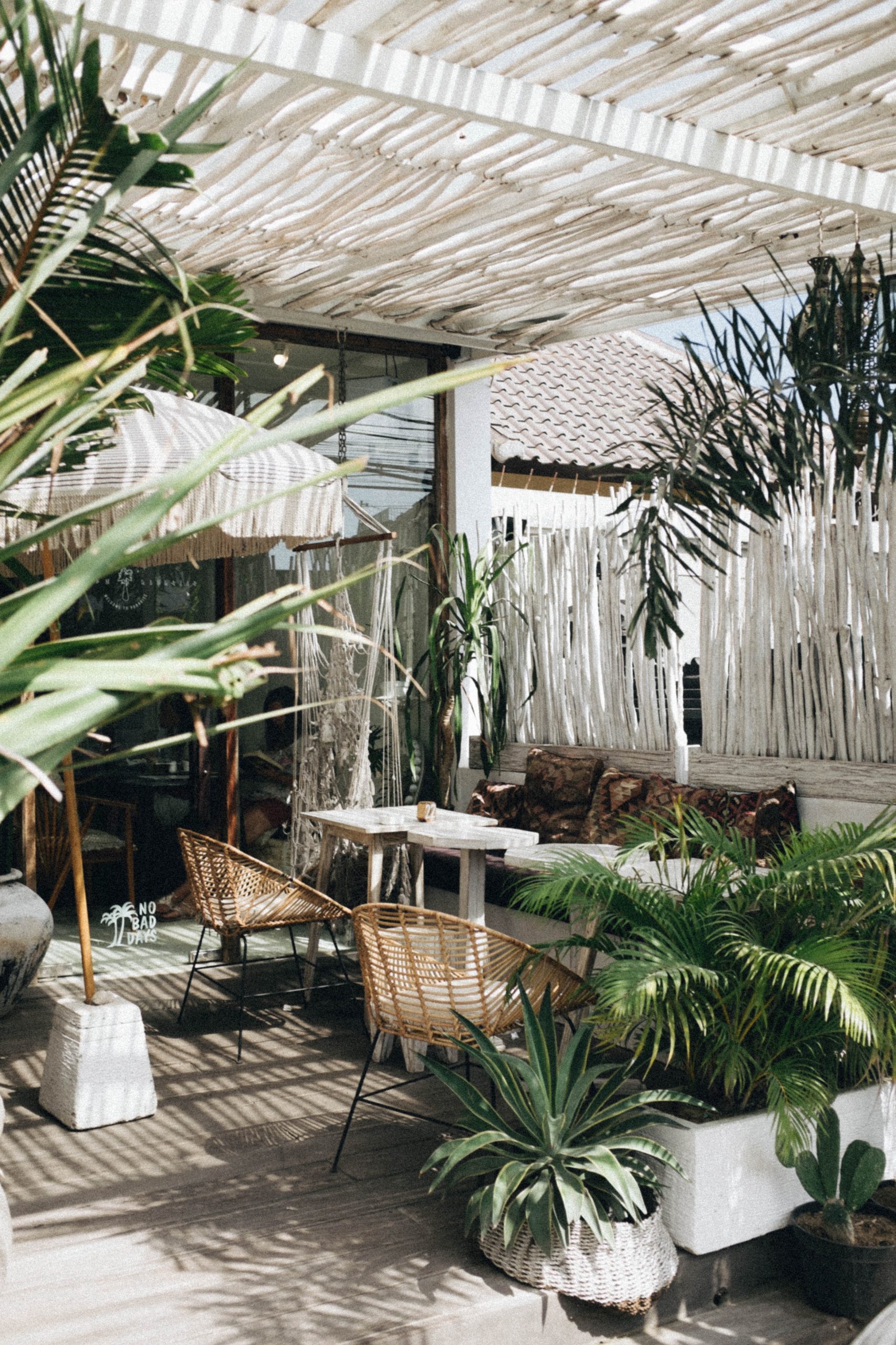Are you tired of spending a fortune on gardening supplies and seeing lackluster results in your garden? Look no further than composting! Composting is the ultimate way to nourish your plants naturally, while also reducing waste and benefitting the environment. Whether you’re an experienced gardener or a beginner, this ultimate guide to composting will provide everything you need to know about starting your own compost pile for a thriving garden. So get ready to roll up your sleeves and dig into the world of composting!
What is Composting?
Composting is the process of breaking down organic materials into a nutrient-rich soil amendment. This can include anything from food scraps to yard waste, like grass clippings and fallen leaves. The decomposed matter creates a dark, crumbly substance that can be added to soil to improve its health.
Composting occurs when microorganisms like bacteria and fungi break down the organic material through a process called decomposition. These tiny creatures consume oxygen while breaking down the materials, creating heat as they work. This heat speeds up the decomposition process and kills off any harmful pathogens or weed seeds that may be present in the compost pile.
There are many benefits to composting beyond just improving your garden’s health. Composting reduces waste sent to landfills, which helps reduce methane emissions – a potent greenhouse gas. It also saves money on purchasing chemical fertilizers since you’re making your own fertilizer at home.
Composting is an easy way for gardeners of all levels of experience to create healthy soil amendments at home while also helping contribute positively towards environmental sustainability efforts.
The Different Types of Composting
Composting is an excellent method to turn food scraps and yard waste into nutrient-rich soil for your garden. There are various types of composting methods, each with its benefits and drawbacks.
The first type of composting is aerobic or hot composting, which requires oxygen, moisture and heat to break down the organic matter quickly. The temperature in a hot pile can rise up to 140-160°F, which kills most weed seeds and pathogens.
Another type of composting is vermicomposting or worm composting that uses worms to decompose the organic matter instead of bacteria. Worms consume the waste material and excrete castings that are rich in nutrients like nitrogen, potassium and phosphorus.
Bokashi Composting is another technique that involves fermenting kitchen scraps using microorganisms. It’s an anaerobic process where food wastes produce lactic acid bacteria that break down proteins, carbohydrates and fats into usable nutrients for plants.
There’s cold or passive composting where you let nature take its course by piling up organic materials such as leaves, grass clippings and wood chips without turning it regularly like hot piles do.
In summary, choosing the right type of composting depends on what you want from your end product – fast decomposition time versus low maintenance; high nutrient value versus ease-of-use – among other factors.
Why Do We Need to Compost?
Composting is an essential practice for any gardener or homeowner who wants to reduce waste and produce a healthy, thriving garden. But why exactly do we need to compost?
Firstly, composting helps reduce the amount of organic waste that ends up in landfills. When this waste decomposes without oxygen, it releases greenhouse gases that contribute to climate change. Composting instead allows organic matter to break down naturally with the help of microorganisms.
Secondly, compost provides valuable nutrients for plants and improves soil structure. By adding compost to your garden beds or lawn, you can enhance soil fertility and water retention while reducing erosion.
Composting saves money on fertilizers and other gardening products by providing a free source of natural fertilizer. Plus, it’s an eco-friendly way to dispose of yard trimmings and food scraps.
There are many reasons why we need to compost – from reducing our environmental footprint to improving plant growth and saving money on gardening supplies.
How to Make Your Own Compost
Making your own compost is an easy and cost-effective way to create a nutrient-rich soil for your garden. The first step in making your own compost is selecting the proper container or bin. A bin with a lid that allows for air flow and drainage will work best.
Next, you’ll need to start collecting your organic waste such as fruit and vegetable scraps, coffee grounds, eggshells, grass clippings, leaves and any other yard waste. Make sure to avoid adding meat or dairy products as they attract pests.
Layering is key when creating compost. Start by placing twigs or straw at the bottom of the bin followed by a layer of brown materials such as dead leaves or shredded newspaper. Then add a layer of green materials like food scraps and grass clippings on top.
Continue layering until the bin is full then add water to moisten everything inside it. Mix occasionally but not too often so that microbes can break down the material into rich soil over time.
The amount of time needed for complete decomposition varies depending on several factors including temperature and moisture levels but expect anywhere from two months up to one year before you have usable compost ready for use in your garden!
How to Store and Use Compost
Storing and using compost is an essential part of the process. Once your compost is ready, you can use it to enrich your garden soil, feed plants or even as a natural fertilizer for indoor plants.
To store your compost, make sure that it’s kept in a dry and cool place. This will help prevent any unwanted odors and keep the nutrients intact. You can store it in a container with a lid or even create a designated area in your garden specifically for storing compost.
When using compost, start by mixing it into the top few inches of soil before planting new seeds or seedlings. This will ensure that the nutrients are evenly distributed throughout the soil.
You can also use compost as mulch around existing plants to help retain moisture and suppress weed growth. Simply spread an inch or two of compost over the soil around each plant.
Another way to use finished compost is by creating “compost tea”. To make this, mix one cup of finished compost with one gallon of water and let sit for 24-48 hours. Then strain out any solids and use the liquid to water your plants for an extra boost of nutrients.
Storing and using your homemade compost is easy and highly beneficial for growing healthy plants!
Conclusion
Composting is a simple and effective way to improve the health of your garden while also reducing waste. By converting food scraps, yard trimmings, and other organic materials into nutrient-rich soil, you can create a thriving ecosystem in your backyard.
In this ultimate guide to composting for a thriving garden, we have covered everything from what composting is and why it’s important to the different types of composting methods available. We’ve even provided step-by-step instructions on how to make your own compost at home.
By following these tips and incorporating them into your gardening routine, you’ll be well on your way to producing healthy plants and vegetables that will nourish both you and the environment around you.
So go ahead and start experimenting with different types of composting techniques today. Your garden – as well as our planet – will thank you for it!




